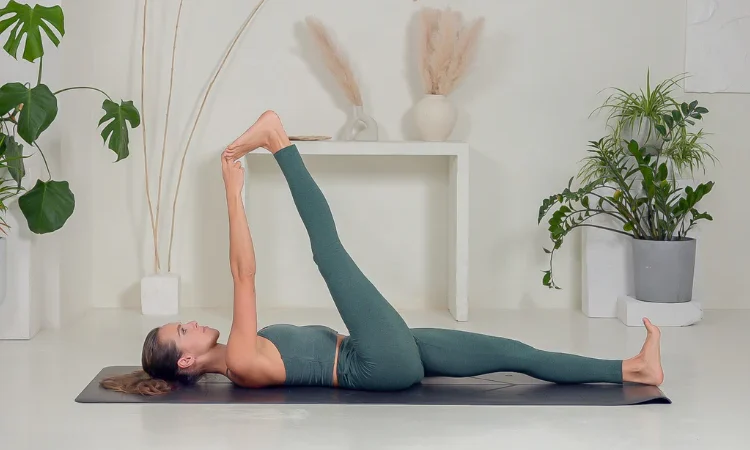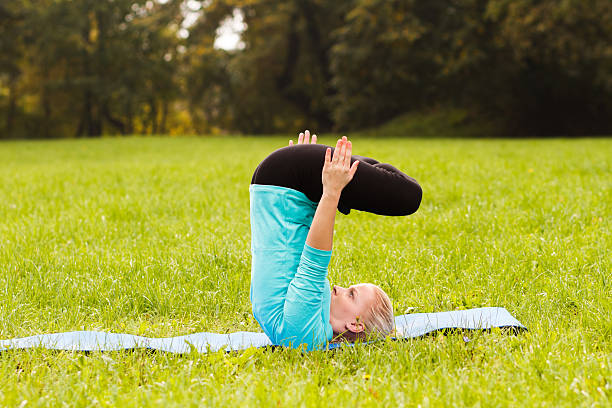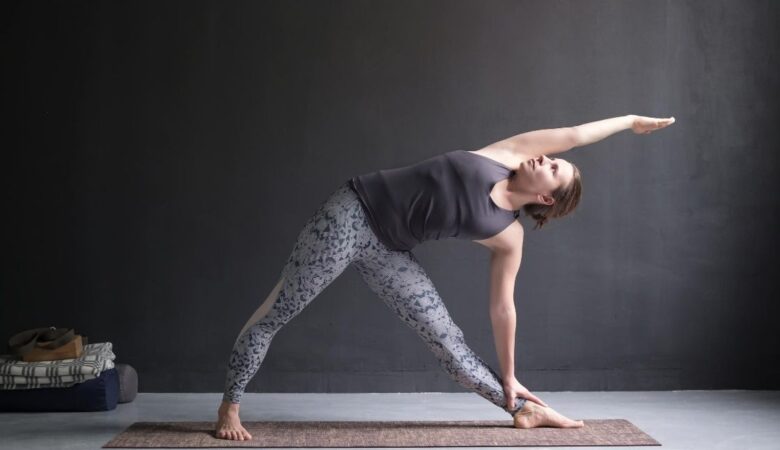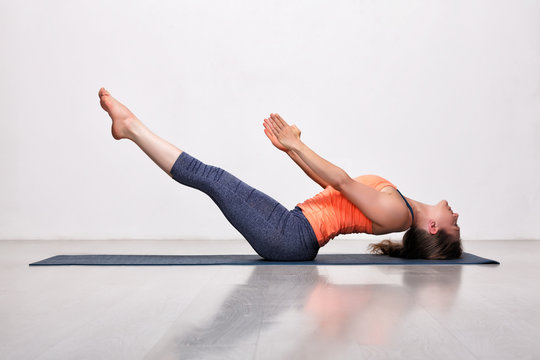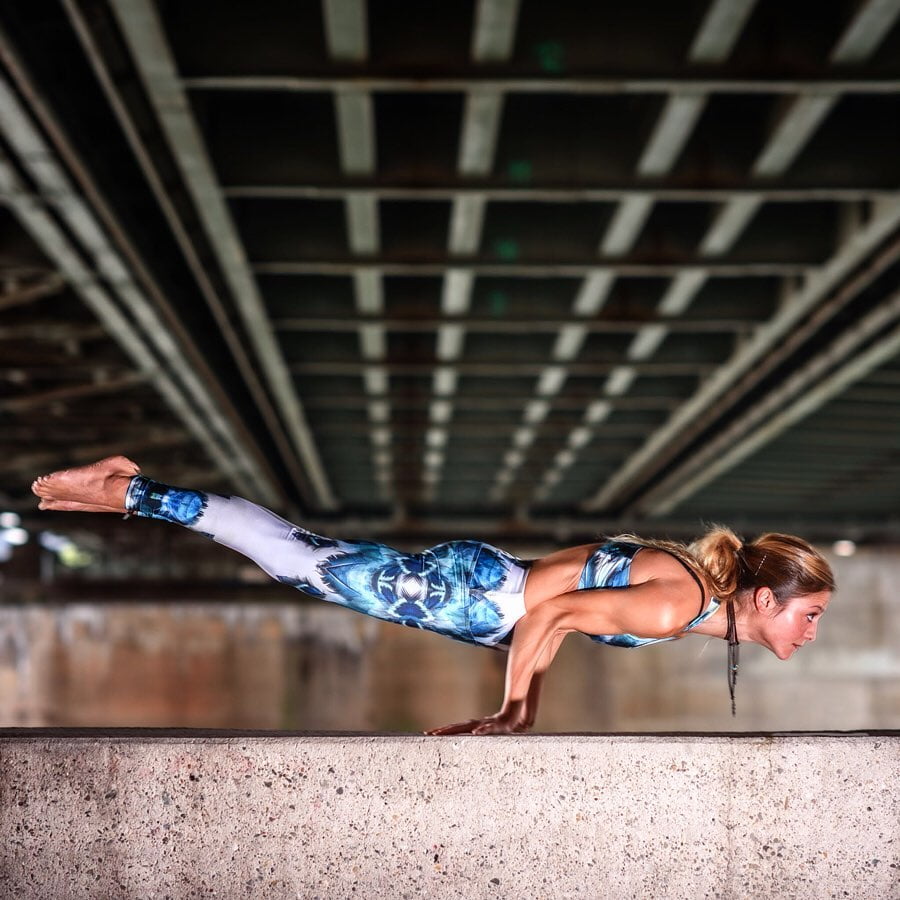
Sanskrit Name: Mayurasana (मयूरासन)
English Name: Peacock Pose
Type of Yoga: Hatha Yoga
Level of Yoga: Advanced / Intermediate
Duration: As per your Capacity or 30 to 60 seconds
Target Area: Back, Arms
Strengthens: Forearms, Wrists, Legs, Back Torso
By regular practice of Mayurasana, blood flows properly in the digestive organs of the body. And thus the practice of this asana strengthens the digestive system. This asana is very beneficial in the problem of loss of appetite and indigestion.
While doing this asana, many precautions have to be taken care of, because while doing this easy, the entire weight of the body is only on our hands. Mayurasana is beneficial for our body in many ways. In this posture, we are tilted forward so that blood flows towards our face. It makes the skin glow.

Table of Contents
What Does It Mean By Mayurasana?
Mayurasana is the Sanskrit language derived from two words in which
The first word is “Mayura (मयूर)”, which means “Peacock”
And the second word is “Asana (आसन)”, which means “Yoga Pose”“.
In this posture, your position looks like a peacock; it seems as if the peacock is sitting with its wings spread. According to Hindu texts, peacocks are a symbol of love and immortality. Mayurasana has many benefits but this posture is difficult.
It requires practice to do it, after practice for several days you can do it easily. In this posture, the whole of your body is on both your hands. Let us know in detail how to do Mayurasana.
Preparatory Poses of Mayurasana:
- Eka Pada Sirsasana (एक पाद शीर्षासन) or One Leg behind Head Pose
- Chaturanga Dandasana (चतुरंग दंडासन) or Four-Limbed Staff Pose or Low Plank
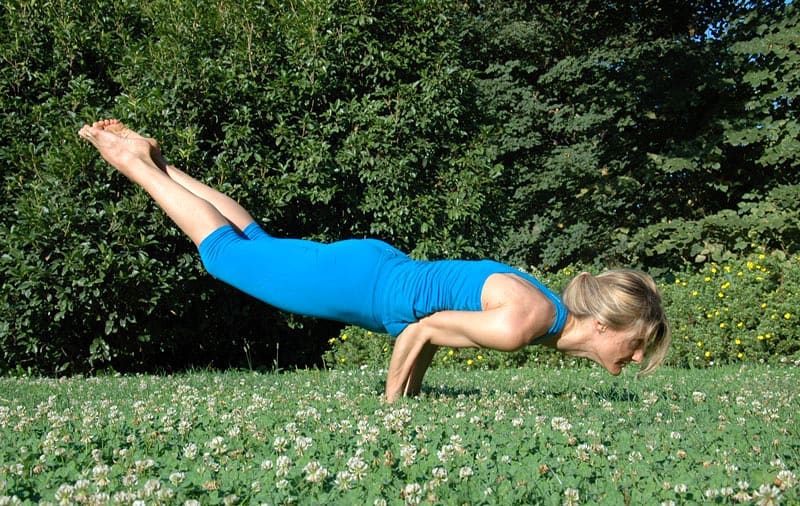
Method Of Practicing Mayurasana:
- Here we are giving the detail of how to do Mayurasana:
- First of all, sit on your knees on the ground
- Keep the claws together and separate the knees from each other.
- Then lean forward and place both the palms between the knees on the ground in such a way that the fingers remain towards the toes
- Keeping the convenience and flexibility in mind, adjust the position of the hands
- Now keep elbows and shoulders in front
- Lean forward and lean the abdomen on the elbows. Keep the chest on the upper part of the hands
- Then spread the legs backward in such a way that they remain straight and together
- While emphasizing the muscles of the body, slowly raise the torso and legs in such a way that they become parallel to the ground
- Keep the head up
- Now the weight of the entire body will be balanced only on the palms
- Try to lift the legs and feet higher by placing more emphasis on the muscles, keeping the legs straight and keeping the balance of the body
- Finally, do not put the weight of the body on the stomach muscles instead of on the chest
- Stay in this position for some time, and then slowly return to the old state
- When the breath becomes normal, try to repeat this asana again
- Try to repeat this asana thrice
- Then keep on increasing the duration of this asana according to your ability
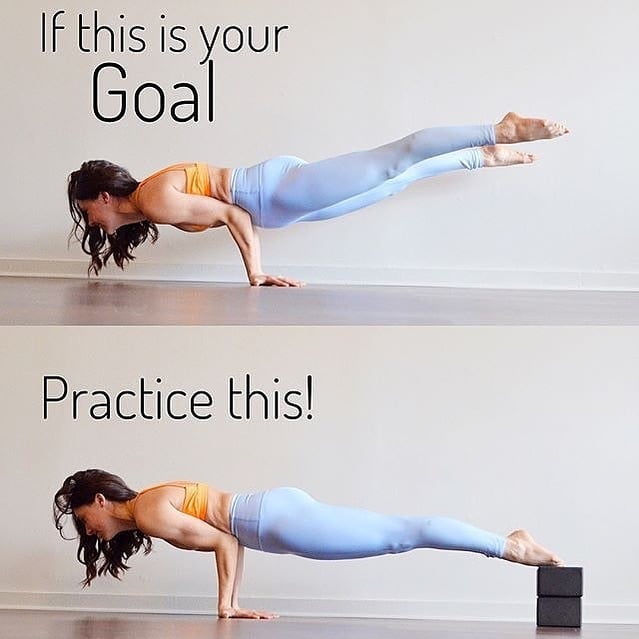
Beginner’s Tips:
We have mentioned in the very beginning of the content that it is a difficult level of yoga pose. However, if you are a beginner and yet you want to practice it then you can do this easy in the Hamsasana.
While doing Hamsasana, you should keep the trees on the ground; the rest of the process will remain the same. You can choose these rugs according to your ability.
Follow-up Poses of Mayurasana:
- Adho Mukha Svanasana (अधो मुख श्वानासन) or Downward-Facing Dog Pose
- Balasana (बालासन) or Child’s Pose
- Bhujapidasana (भुजपीड़ासन) or Shoulder Pressing Posture
- Eka Hasta Bhujasana (एक हस्त भुजंगासन) or Leg-Over-Shoulder Pose
- Dwi Hasta Bhujasana (द्वि हस्त भुजंगासन) or Two Hand Arm Pose

Precautions to Mayurasana:
Before performing any yoga, it is very important to know its precautions, let us know the precautions to do Mayurasana:
- This asana should be done on an empty stomach, for this, you should do it after keeping your stomach and intestines empty for at least 4 to 6 hours.
- It is more beneficial to do this yoga pose in the morning, if you are unable to do this asana in the morning, then you can do it in the evening.
- Pregnant women should not do Mayurasana
- If you have problems with high blood pressure, heart disease, hernia, peptic ulcer, etc. then do not do this asana
- If you experience any kind of a pain in this posture, then definitely consult a yoga trainer
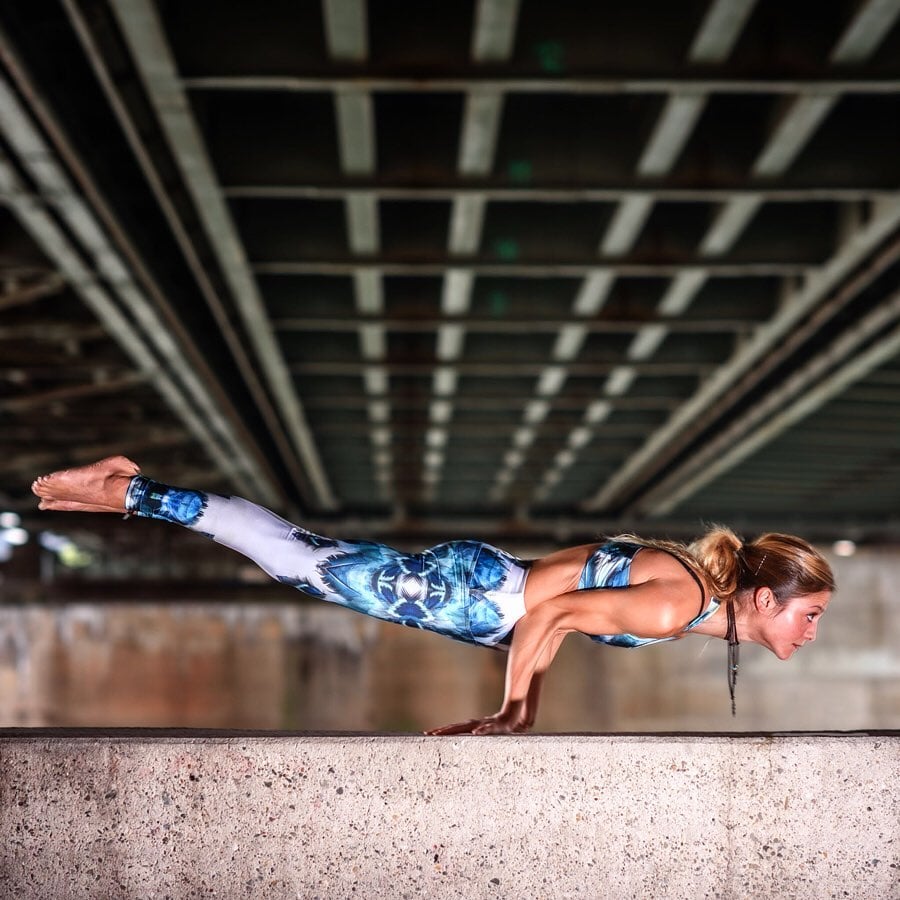
Benefits of Mayurasana:
By regularizing this easy one gets relief from all kinds of diseases related to the stomach. Come, know Mayurasana Benefits –
- By doing Mayurasana, the kidneys, pancreatic, liver, spleen, as well as stomach, also benefit
- This posture is very useful for the lungs. By its feel, the chest, lungs, ribs, and spleen get strength
- It makes digestive power strong. Proves beneficial in stomach related diseases like constipation, indigestion, gas, etc.
- This process enhances the circulation of blood to the digestive system, strengthening and optimizing the functionality of its organs while also revealing any potential gastritis.
- This mudra is also beneficial for patients suffering from diabetes. By doing this asana, the pressure is placed on the boiled gland due to which the diabetic patients get the benefit. Diabetes is completely cured with this easy exercise.
- The shoulders are strong, relieve tension and increase the brightness and beauty of the face.
- It is strong for arms and shoulders and beneficial for Jordan and Spinal cord.
- It regulates the circulation of blood in the body and helps in curing diseases related to eyes.
- Apart from common diseases, the practice of Mayurasana strengthens the intestines and other organs.
- Get relief from bladder related diseases.
FAQ:
Q. What are the benefits of Mayurasana?
A. Mayurasana fortifies and invigorates numerous organs, including the stomach, digestion tracts, spleen, liver, pancreas, and kidneys. It likewise animates the lungs and aids in its legitimate capacities. It tightens up the stomach related organs. It is known to improve and expand blood flow in the stomach region
Q. How do you do Mayurasana for beginners?
A. You can perform Peacock Pose on a yoga tangle, covered floor, or delicate surface. No gear is required, yet a yoga square or yoga towel is discretionary.
Q. How do you master Mayurasana?
A. This posture ought to be done to approach the center or end of your succession. Get used to this posture with beginner poses that improve quality and equalization. Use other arm-adjusting stances to slip your wrists into this propelled stretch.
Q. How do you do Peacock pose?
A. To be at the same time graceful yet firm in your mid-region, you’ll need to continue mellowing your tummy, remaining with the distress of delving your elbows into it until you can believe that immovability and security will come and they will. Be that as it may, not in the surface layers of tissue or muscle.

